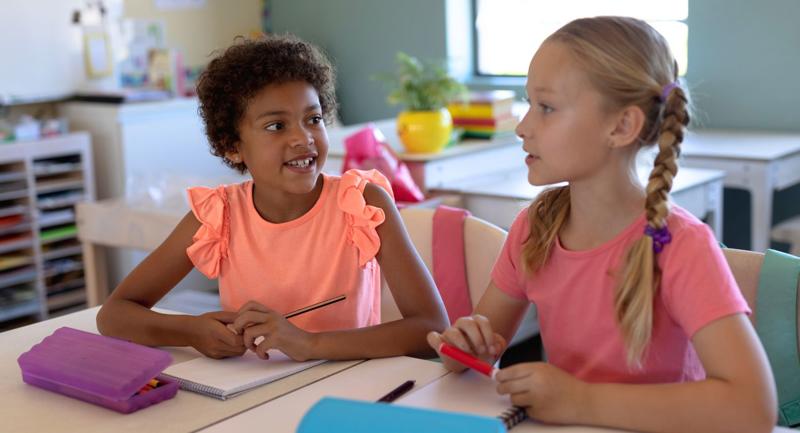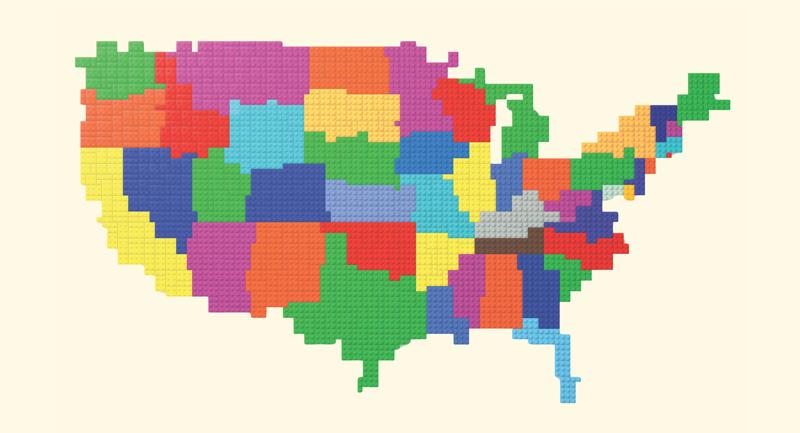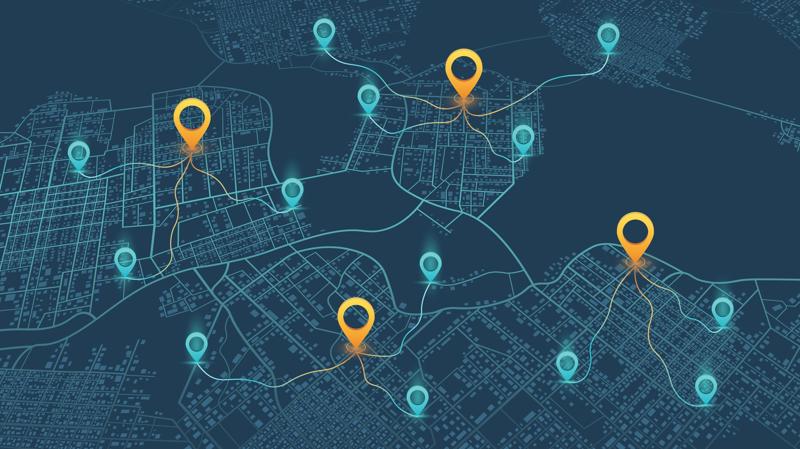The February 2018 issue of Educational Leadership explores how educators are rethinking assessment at a time when traditional testing systems are increasingly seen as overly narrow and uninformative.
How, in other words, can schools move beyond conventional approaches to assessment and employ more nuanced methods of measurement that gauge both deep understanding of content and whole-child development?
Below are some essential topics and questions to help you reflect on and discuss the articles in this issue.
Re-envisioning Assessment
A number of the articles in this issue directly address the question raised by the issue title: What would it mean for schools to measure the things that really matter in student learning? In the opening article, Jay McTighe observes that assessment in many schools is still primarily designed to measure students' grasp of basic skills and factual knowledge. To prioritize and gauge higher-order thinking skills like conceptual understanding and long-term transfer, he argues, schools need to "make greater use of authentic performance-based measures" in which students are asked to apply their learning and explain their reasoning.
In a related article, math teacher John R. Troutman McCrann describes the way his school uses performance assessments (such as presentations of mathematical arguments) in place of standardized tests to get a better sense of the depth of students' learning. He argues that such assessments are more closely aligned to teachers' own instructional values, thus representing an important shift in the "power dynamics of educational assessment."
Similarly, Doug Wren and Amy Cashwell detail how their district created and refined a whole new system-wide assessment to better gauge students' critical-thinking, problem-solving, and written-communication skills. The district had previously been unable to measure these skills, even though they were a central focus of its strategic plan.
Questions to consider: Is your school or district measuring the type of learning it truly values and believes today's student must possess? How could your assessment system be refined or augmented to better reflect your school or district's instructional values? How much input do teachers in your school or district have on the development or conceptualization of assessments?
Descriptive Measures
Other articles delve into specific assessment techniques intended to broaden educators' understanding of students' learning progress and needs.
For example, Lee Ann Jung discusses a system called "goal attainment scaling" that tracks students' individual skill goals over time. More flexible and personalized than static assessments, the method allows educators "to articulate a progression of development and [to] be able to measure development across subject areas and context." It provides a "structure for communicating evidence of growth on skills that previously may not have been explicitly measured," Jung writes.
Along similar lines, Joe Feldman expounds on the need for educators to transition away from scoring student work via "blanket point totals" to using descriptive scales that capture levels of standards mastery. "Rather than describing proficiency as '90 percent,'" he writes, "we articulate exactly what student performance constitutes evidence of mastery." This method allows educators to become more intentional in creating assessments and to better capture the nuances of students' understanding.
Questions to consider: Do the assessment methods you or your school use capture student learning at a descriptive level? Do they give you enough information to "guide the student toward a better understanding of the lesson content" (Feldman)? What steps could you take to change your approach to assessment so that it provides a better "structure for communicating evidence of growth" (Jung)?
Testing the Emotions
Some pieces in the issue also focus on nontraditional types of assessments.
Sara Bartolino Krachman, Robert LaRocca, and Christopher Gabrieli discuss the growing interest in measuring students' social-emotional skills. Recognizing the links between SEL skills and academic achievement, they write, many schools have launched initiatives to collect data on students' development of such skills, including self-control, growth mindset, and social awareness. These assessments are generally survey- or performance-based. While still largely at the experimental stage, they point to a new dimension of measuring school quality.
Jonathan Cassie, meanwhile, explores the use of gamification in formative assessment. He argues that both board games and online games, when well applied, can provide low-stakes, engaging spaces for students to demonstrate their learning. Such games, Cassie shows, can be used to evaluate both traditional academic skills like vocabulary and hard-to-measure "soft" skills like critical thinking and collaboration.
Questions to consider: Is it important, in your view, to measure students' whole-child development in addition to academic development? How does your school or district do so? Would you be willing to experiment with new types of assessment instruments to get a better sense of students' progress in particular areas?







